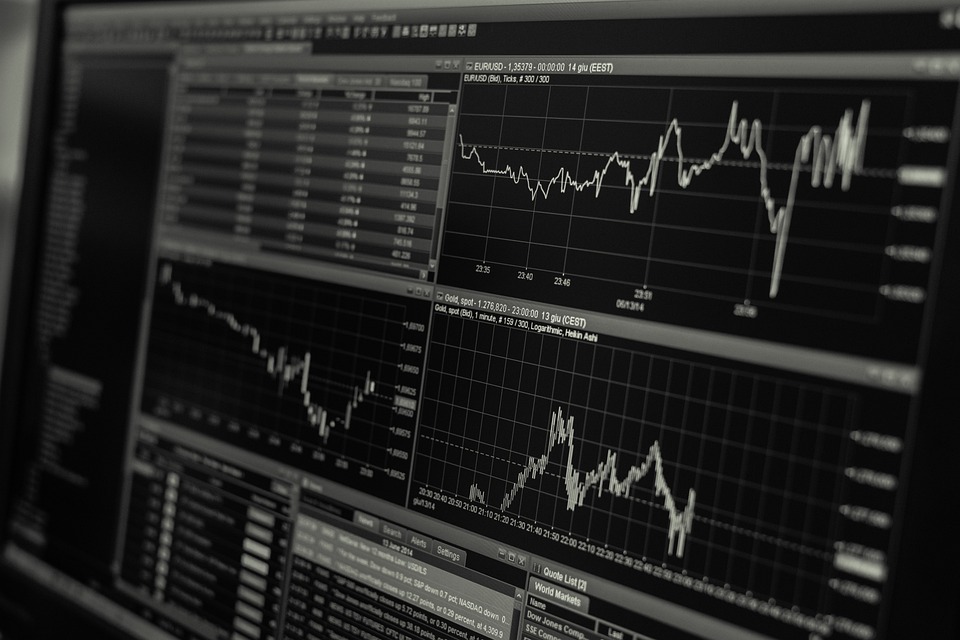Rising German Inflation Masks Increasing Deflationary Risks

Image source: Pixabay
Headline inflation has increased to its highest level since the spring, but other German macro data published today suggests that inflation will not be the economy's biggest problem in the months ahead.
German inflation continues to creep up. Headline inflation, according to the national measure, increased to 2.4% year-on-year in September, from 2.2% YoY in August, while the European measure accelerated to 2.4% YoY, from 2.1%. For both measures, this is the highest level since spring this year. Core inflation increased somewhat to 2.8% YoY.
Headline inflation to return towards 2% over the coming months
The available regional state data shows that the uptick in German inflation was spread across many components and only held back by slowing inflation in food and energy. Services inflation, another important measure of domestic inflationary pressure, stood at 3% in many states.
Looking ahead, the stronger euro and still favourable energy base effects should push German inflation back towards – and below – 2% over the coming months. At the same time, the worsening labour market and AI will further moderate wage growth. Finally, while intuitively, US tariffs should also bring disinflationary pressures to Europe due to overcapacity and weaker sales in the US, globally operating companies might still try to actually increase prices in Europe to offset profit-squeezing in the US.
Return of the 'd-word'
But that’s not all from Germany today. This morning, August retail sales, August import prices and September labour market data all showed that Germany is almost silently sliding into deflation. While retail sales have now dropped in four out of the last five months, import prices have been falling on a year-on-year basis every single month since April. Add to this the continuing gradual worsening of the labour market, as illustrated by today’s slight increase in unemployment, and the long to-do list of the German government has just got longer: it’s not only about restoring international competitiveness and investing in infrastructure and defence. With data like today, the need for short-term stimulus or at least a stabilisation package for households seems to increase by the day.
At least taken at face value, except for actual inflation data, today’s macro data from Germany has a distant taste of deflation risks.
German macro data shows that ECB's 'good place' is still at risk
As far as the European Central Bank is concerned, at least at first glance, today’s German inflation data will catch the hawks’ attention, as it bolsters the argument for a high bar to yet another ECB rate cut. In fact, after having left rates unchanged at two consecutive policy meetings, the ECB looks very comfortable in its ‘good place’. A place in which inflation looks under control and the economy is showing signs of resilience, waiting for German fiscal stimulus to lift growth prospects for the entire monetary union.
It’s a good place from which the ECB will not easily and quickly want to leave. However, besides the slight increase in headline inflation, all other German macro data this morning show that the ECB shouldn't become complacent while enjoying its cosy 'good place'.
More By This Author:
German Housing Market: Affordability Pillars Show Signs Of Strain
German Optimism Falls Back To Earth As Ifo Tumbles
Job Done But Negative Surprise Could Still Force The ECB Out Of Its Good Place
Disclaimer: This publication has been prepared by the Economic and Financial Analysis Division of ING Bank N.V. (“ING”) solely for information purposes without regard to any ...
more


